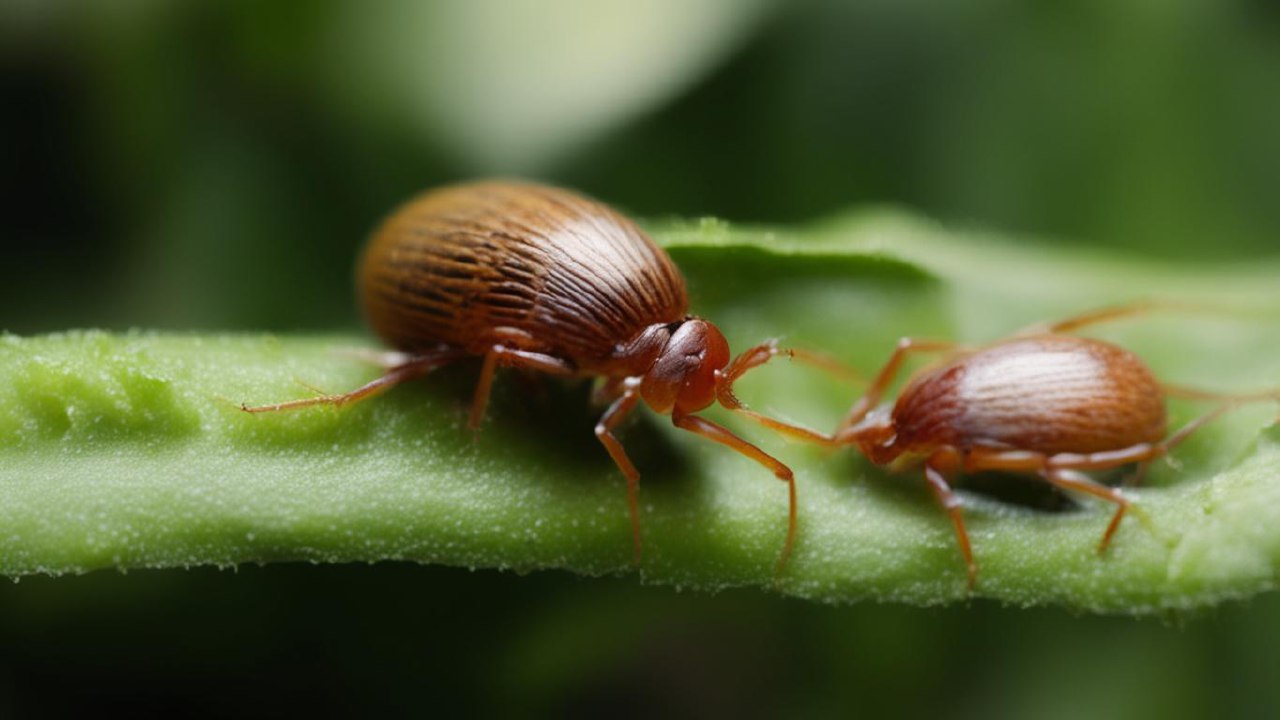Horticulture is a labor of love, but it can be disappointing when your hard work is threatened by bothersome pests. From aphids and slugs to caterpillars and bulge, garden pests can ruin your plants, causing damage and stunting development. However, with the right information and proactive approach, you can effectively control and minimize pest questions in your garden. Allow’s explore some ordinary garden pests and policies for dealing with them.
Labeling Common Garden Viruses:
Before you can effectively control garden viruses, it’s essential to see what you’re up against. Some of ultimate common garden plague include:
- Aphids: Small, gentle-bodied insects that consume the sap of plants, causing leaves to curl and distort.
- Slugs and Snails: Smooth-bodied mollusks that consume leaves and stems, leaving behind slimy trails and chewed leaves.
- Caterpillars: Larvae of moths and butterflies that feed on leaves, flowers, and products, causing holes and destruction.
- Beetles: Various class of beetles, such as Pertaining to the orient beetles and Colorado vegetable beetles, that feed on leaves and flowers, inducing extensive damage.
- Whiteflies: Tiny, bug-like insects that suck sap from plants, making yellowing, wilting, and stunted development.
Effective Pest Control Plannings:
Once you’ve labeled the pests plaguing your flowers, it’s time to take action. Present are some effective plannings for dealing with common flowers pests:
- Cultural Practices: Practice good flowers hygiene by killing debris, weeds, and fallen leaves, that can harbor pests and diseases. Alternate crops annually to disrupt blight life cycles and counter buildup in the soil. Choose scourge-resistant plant types whenever possible and prevent overcrowding plants, which can constitute favorable conditions for plague infestations.
- Manual Removal: Handpick larger contagions such as caterpillars, slugs, and bulge from your plants and drop them into a bucket of sudsy water to drown. You can also use a forceful stream of water from a hose to dislodge aphids and additional soft-bodied bugs from plant leaves.
- Natural Predators: Help natural hunters such as ladybugs, lacewings, and predatory wasps to patrol your flowers and feed on pest bugs. Planting a diverse range of blooming plants can attract beneficial bugs and provide them accompanying nectar and irritant to sustain them during the whole of the growing season.
- Biological Control: Present biological control agents to a degree nematodes, predatory mites, and parasitic wasps to goal specific pest populace. These natural criminals can help keep pest public in check without injuring beneficial insects or the surroundings.
- Organic and Chemical Controls: Use basic insecticides such as neem oil, insecticidal cleanser, or diatomaceous earth to goal pest insects while underrating harm to beneficial insects, being, and the environment. If necessary, you can more use chemical insecticides, but use them seldom and always follow label education carefully to prevent harm to yourself, pets, or the environment.
- Physical Obstacles: Protect vulnerable plants from plague by using physical obstructions such as row covers, netting, or screens. These obstructions can prevent pests from arriving your plants while still allowing brightest star, air, and water to penetrate.
- Trap Crops: Plant trap crops such as marigolds, nasturtiums, or radishes to captivate and divert pests away your valuable plants. Trap crops can serve as sacrificial plants, seductive pests away from your main crops and lowering damage.
By implementing these approaches and staying vigilant, you can efficiently manage and minimize infection problems in your garden, admitting your plants to thrive and flourish. Remember that horticulture is a journey, and occasional pest encounters are certain. Stay informed, be full of enthusiasm, and enjoy the rewards of a healthy and fascinating garden.
